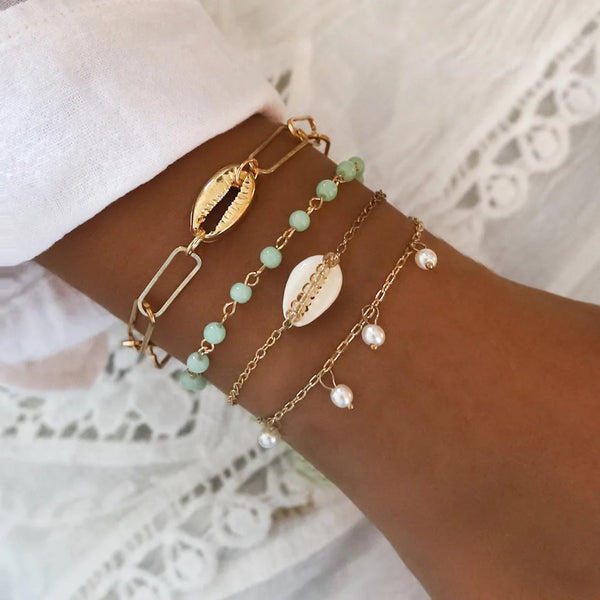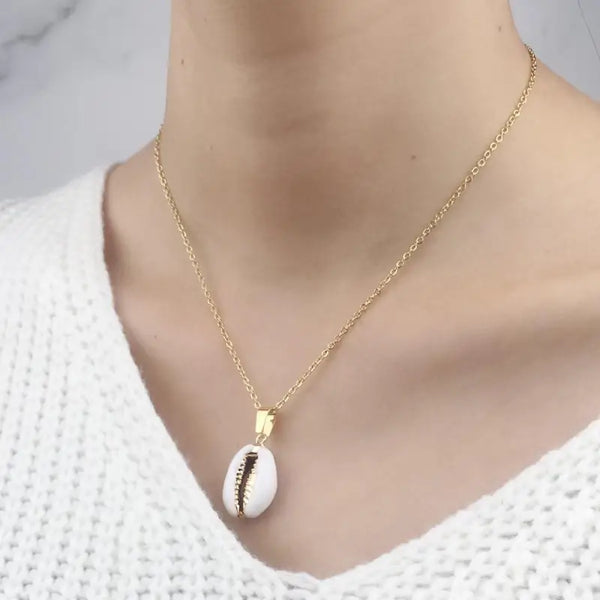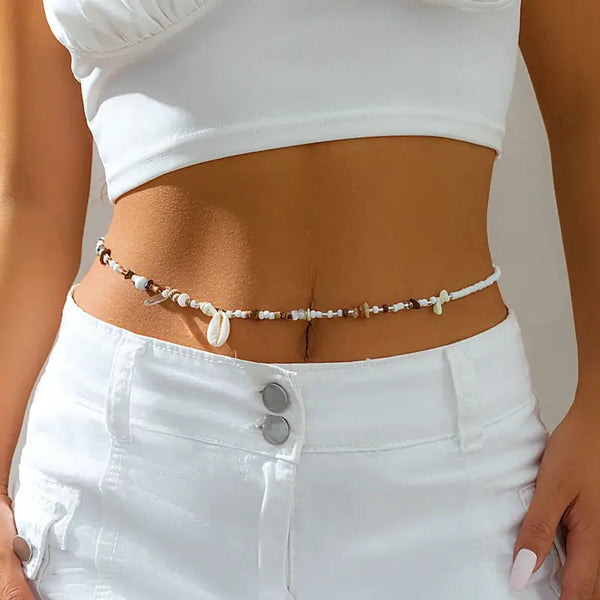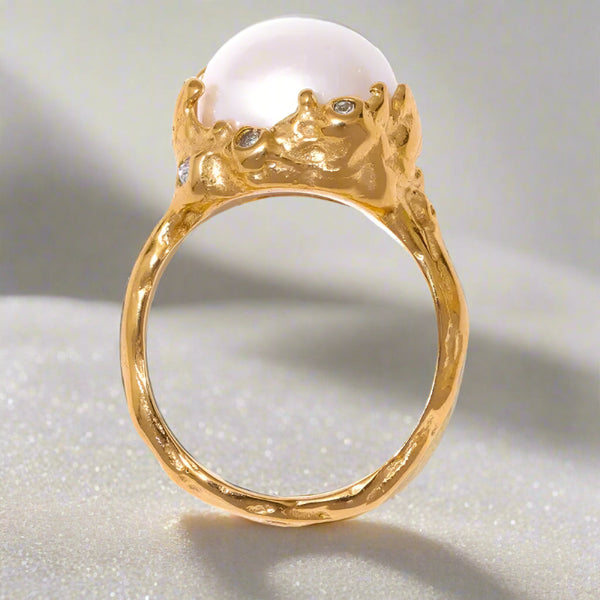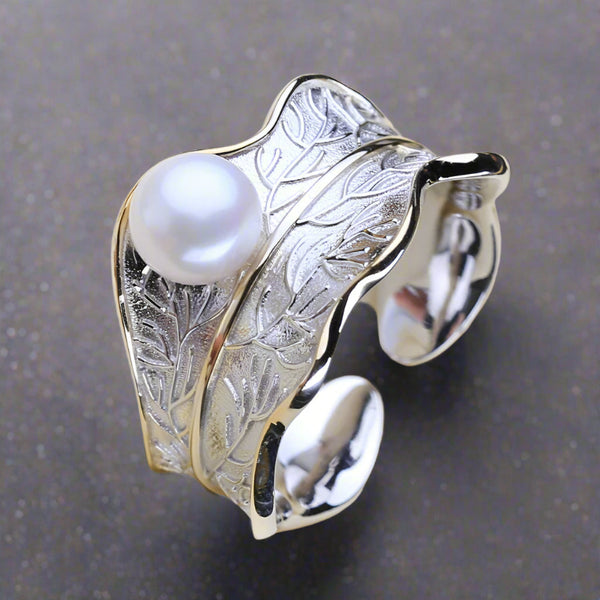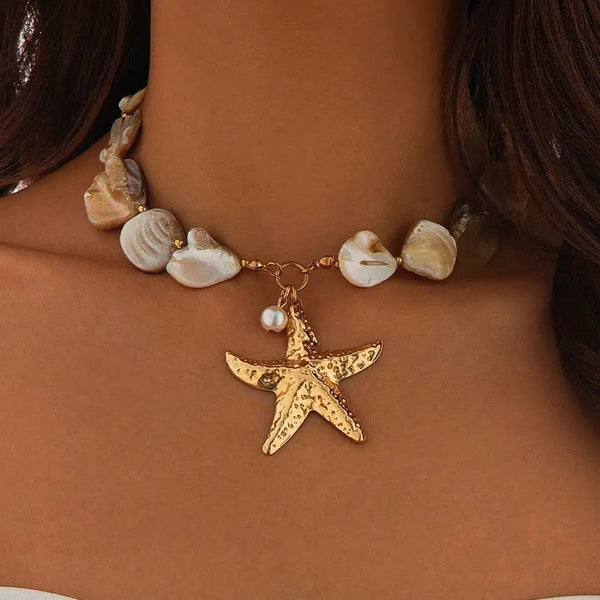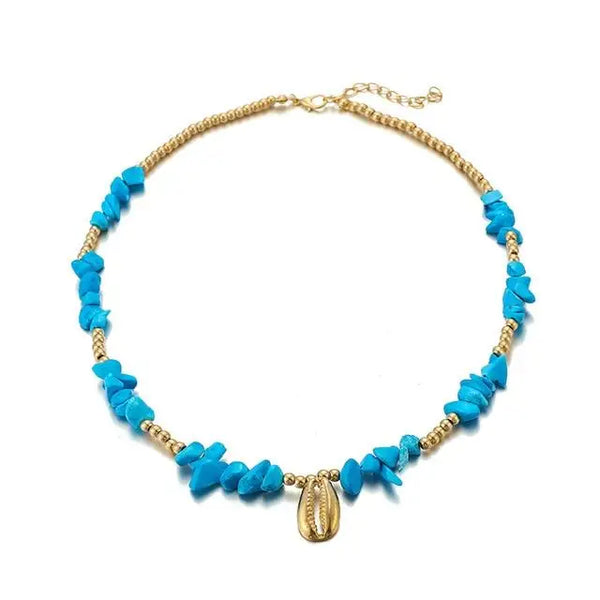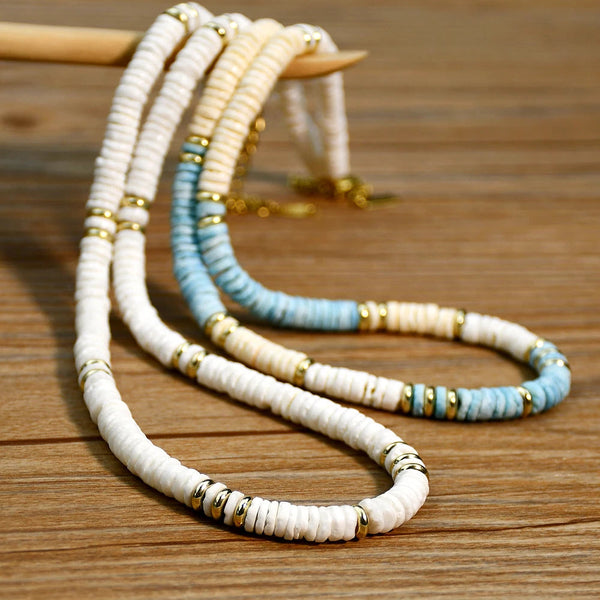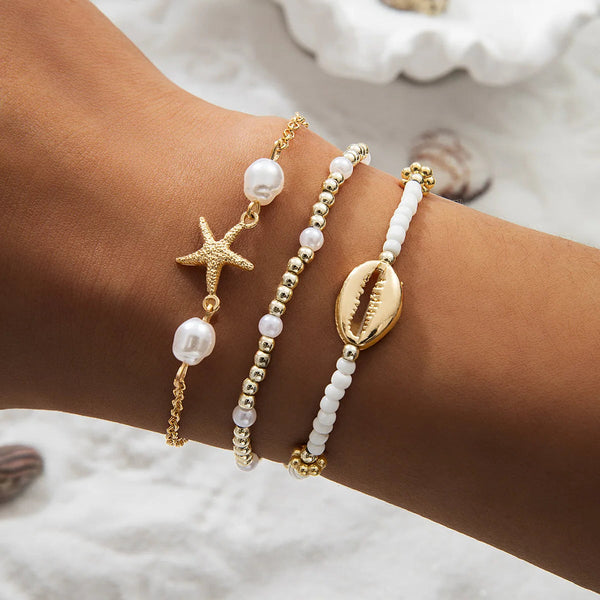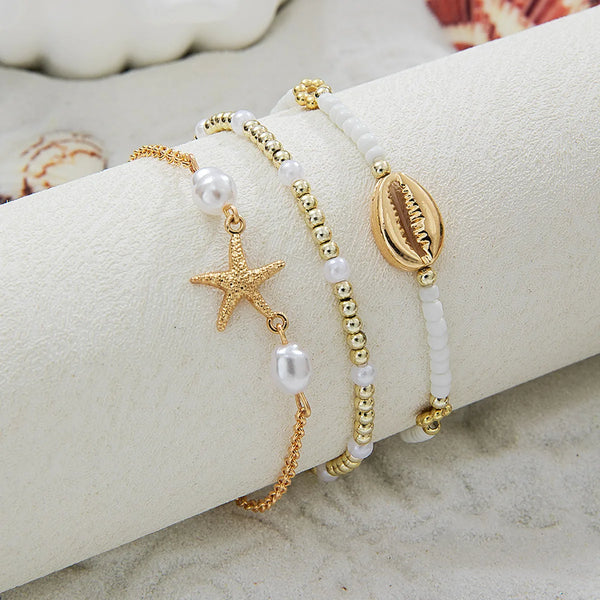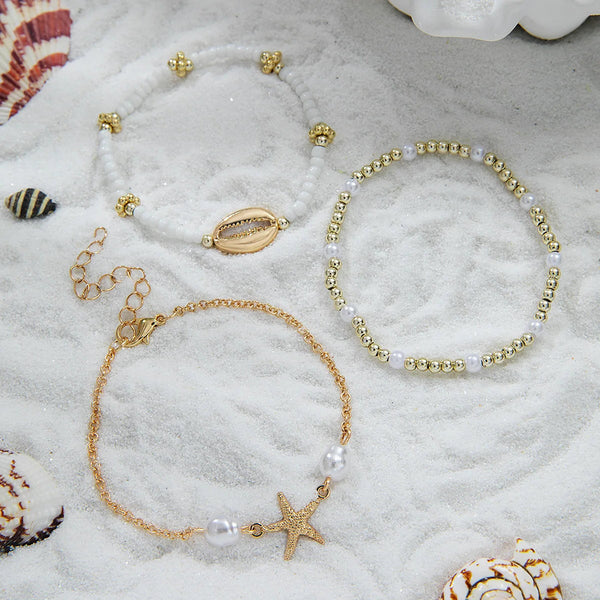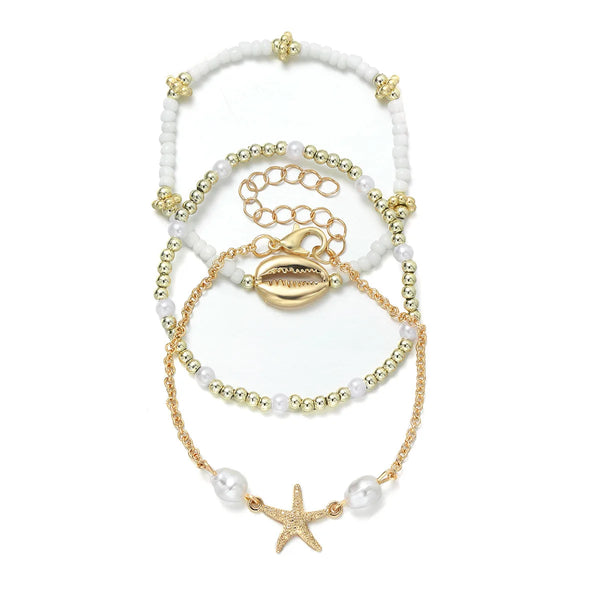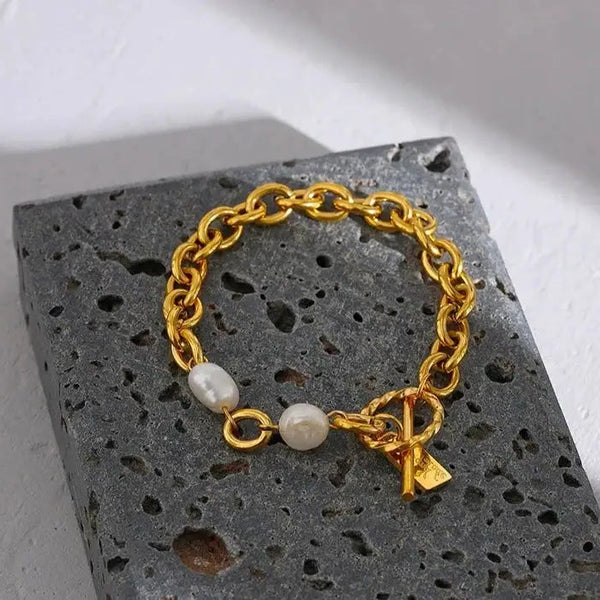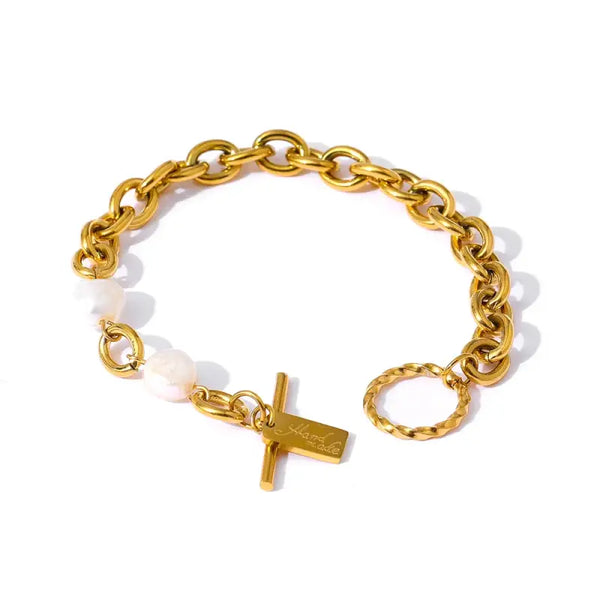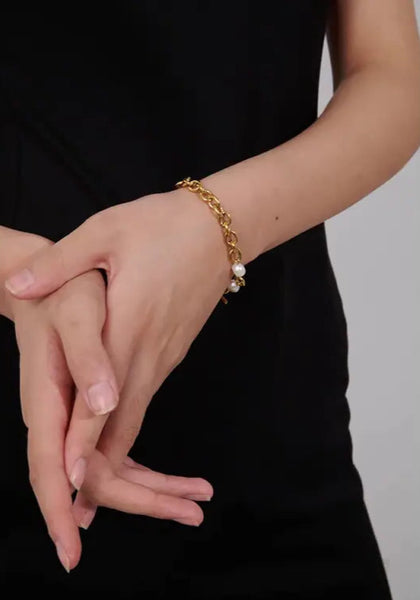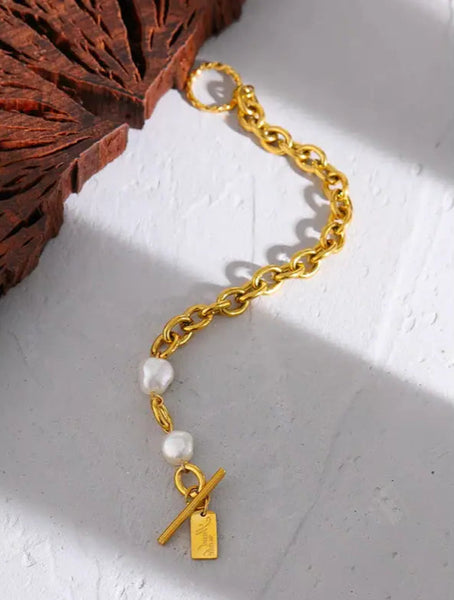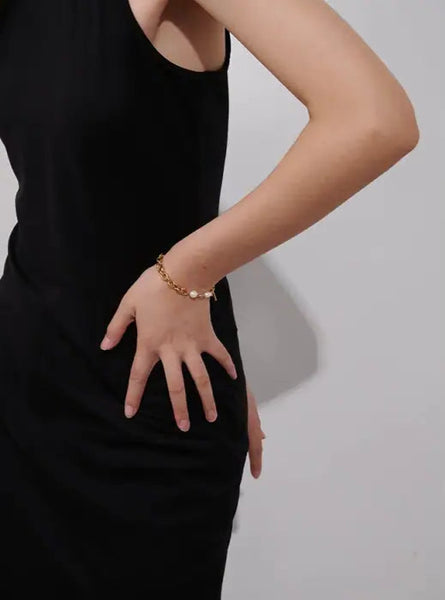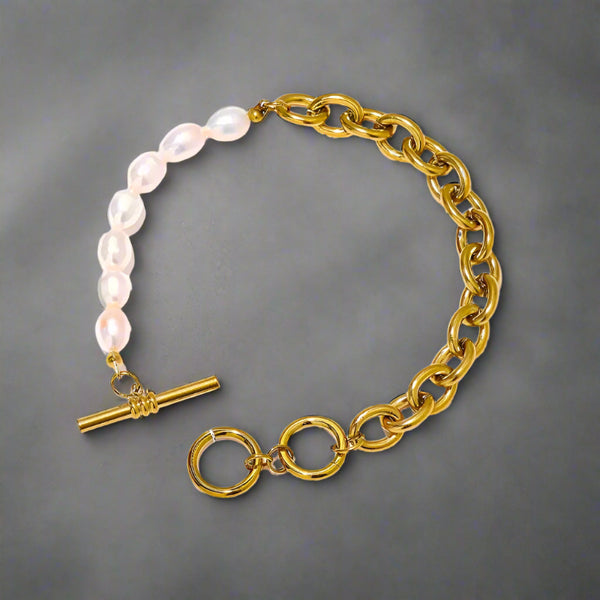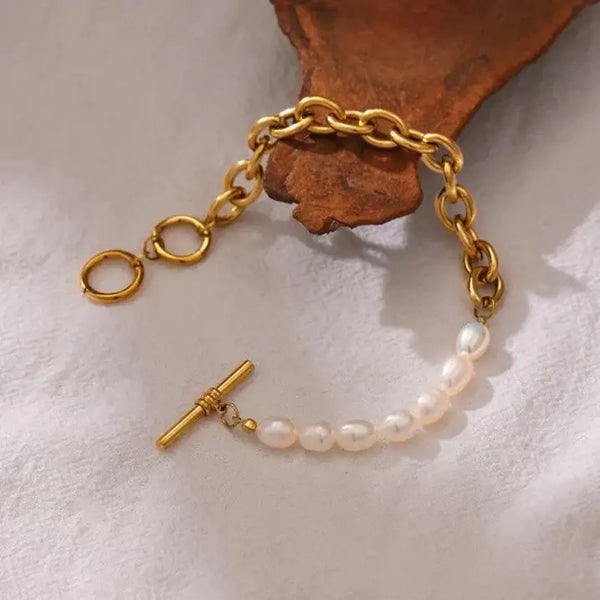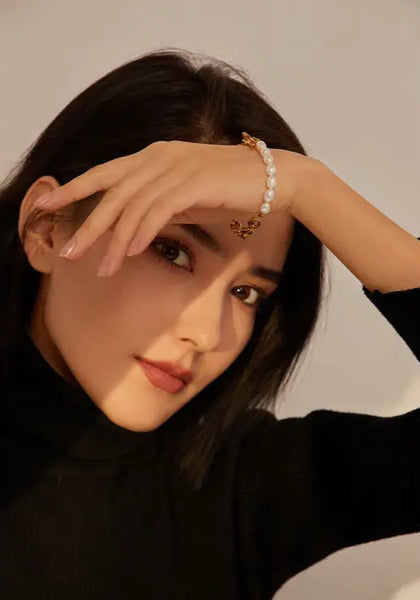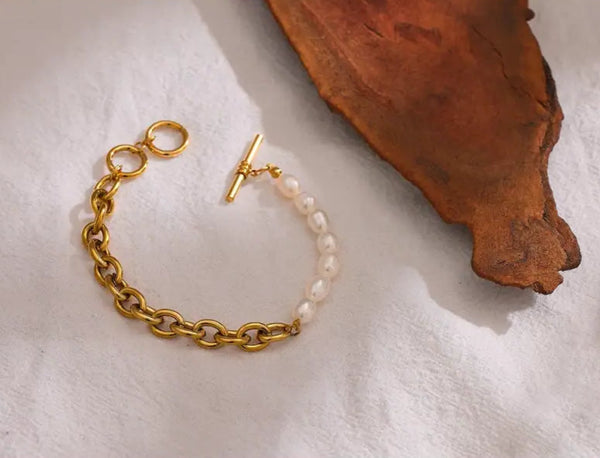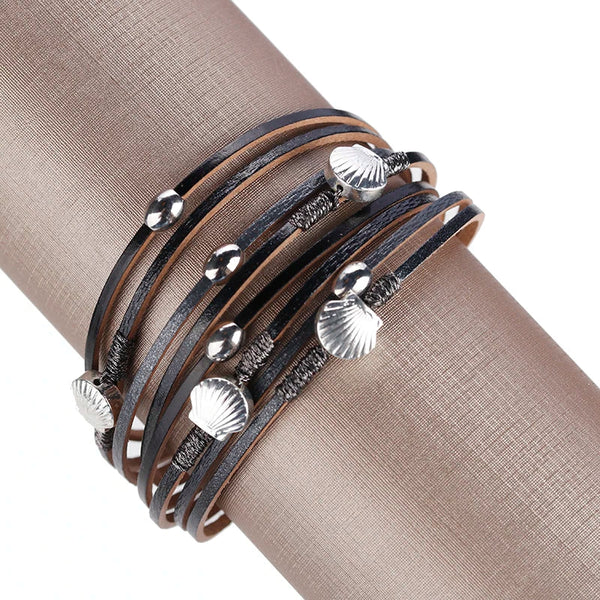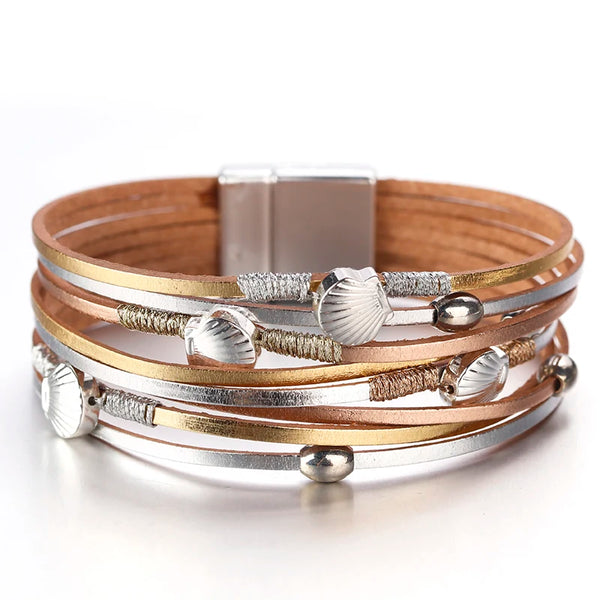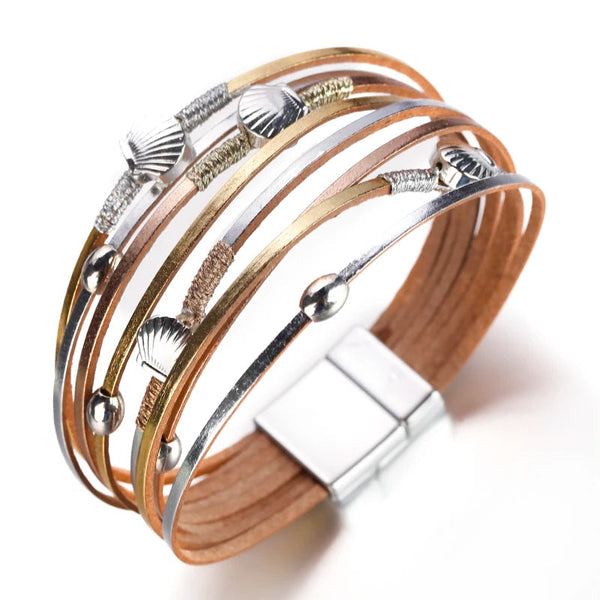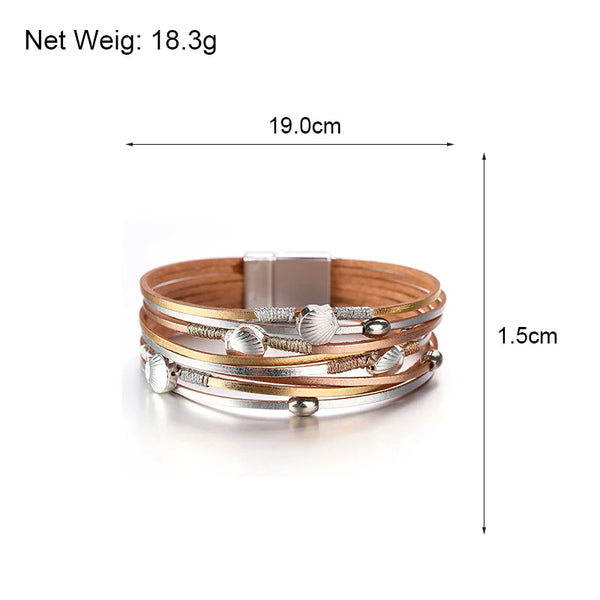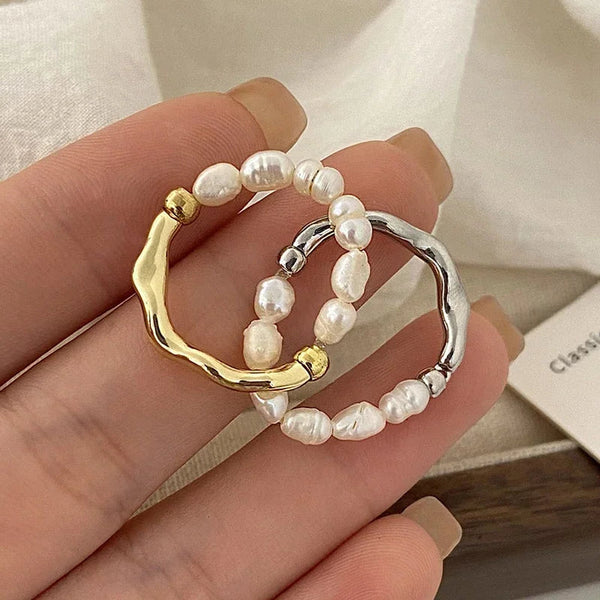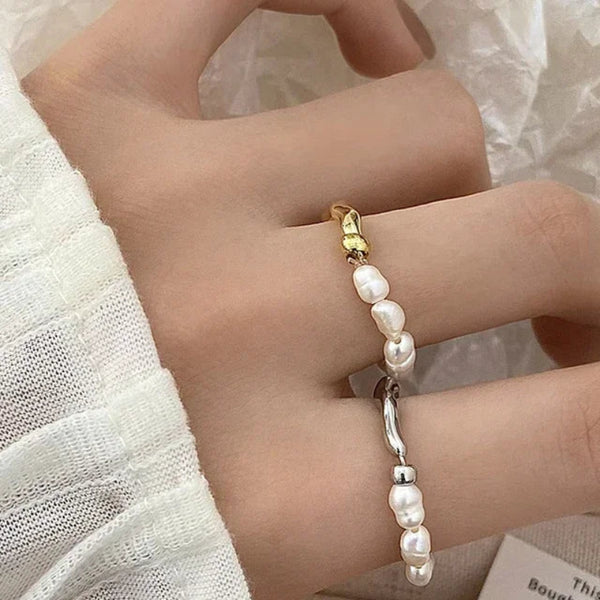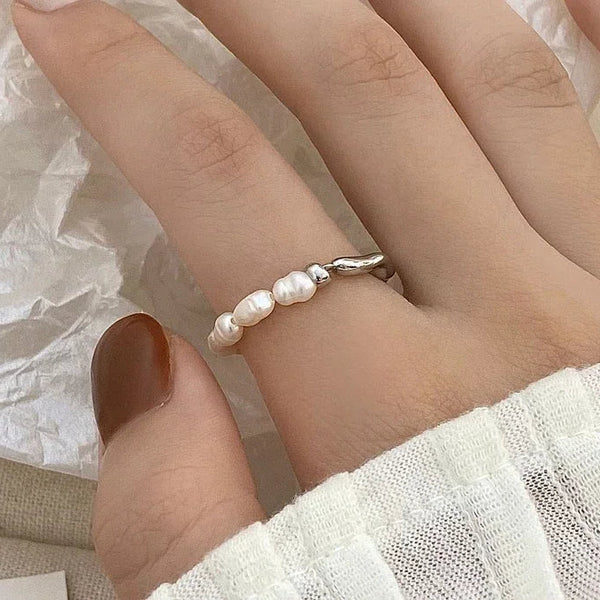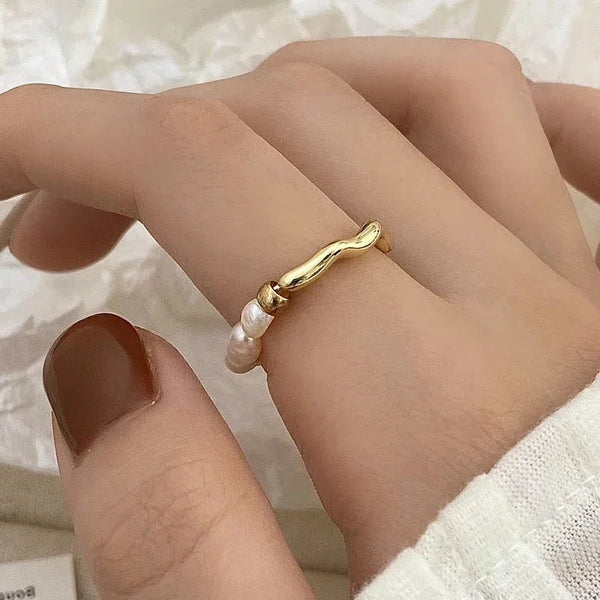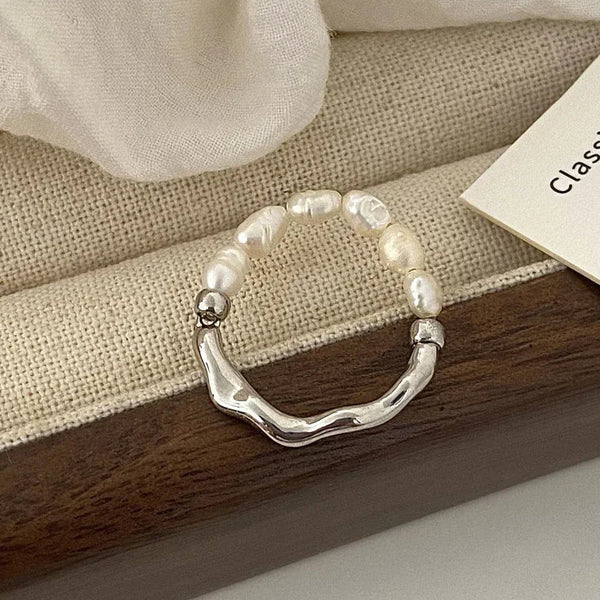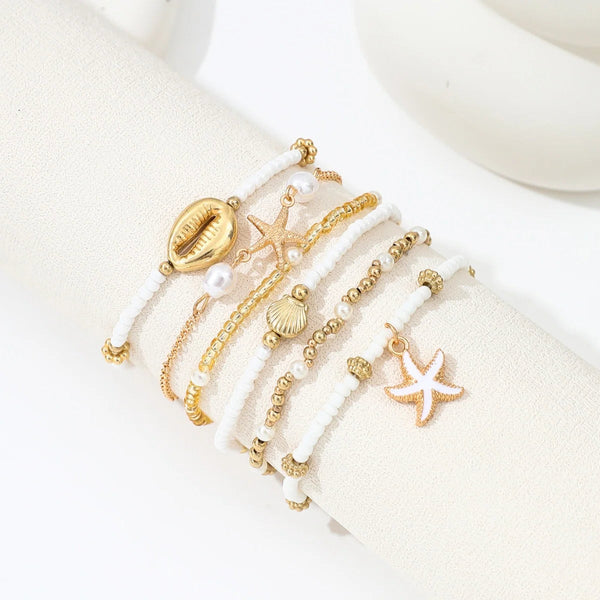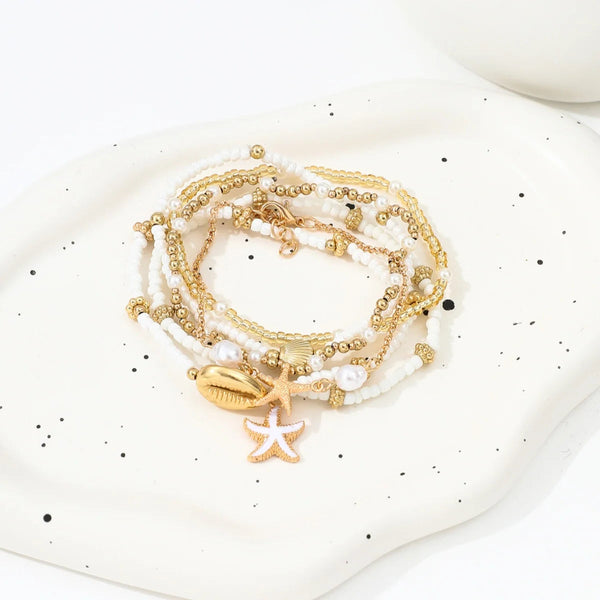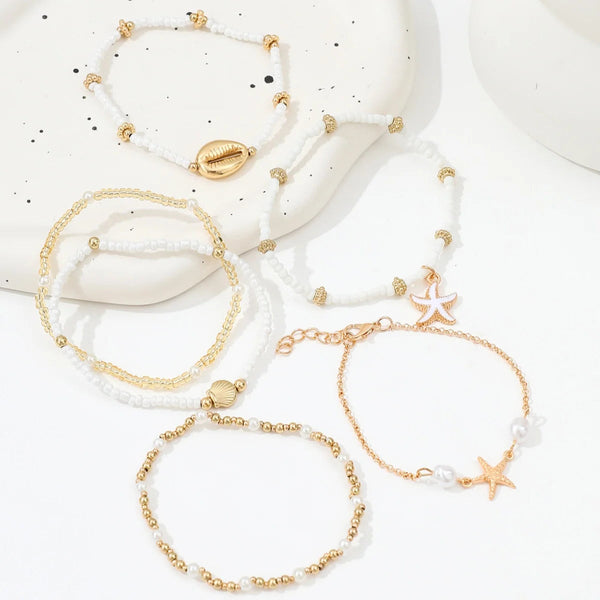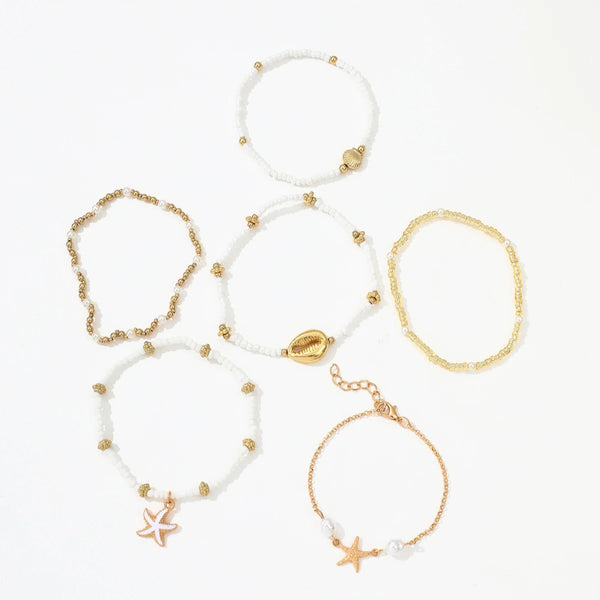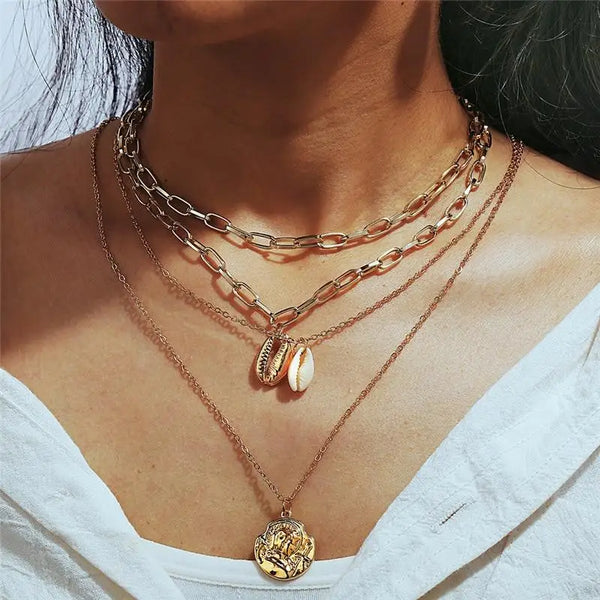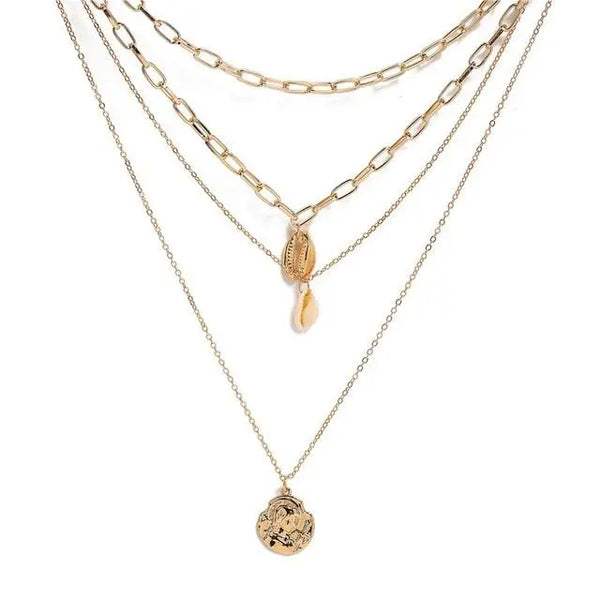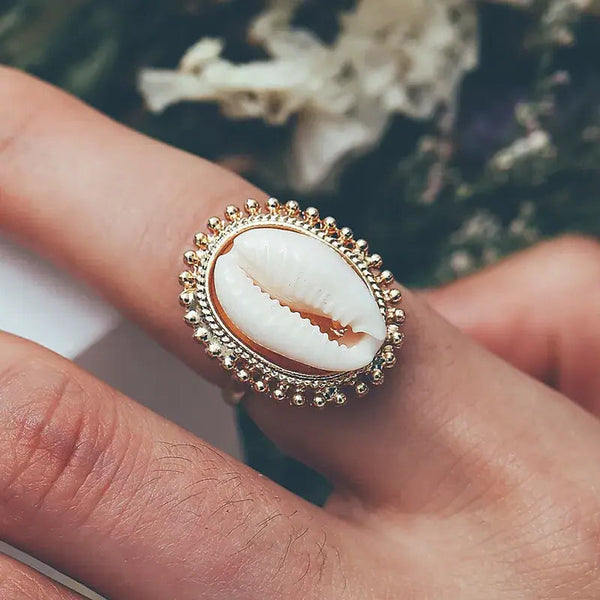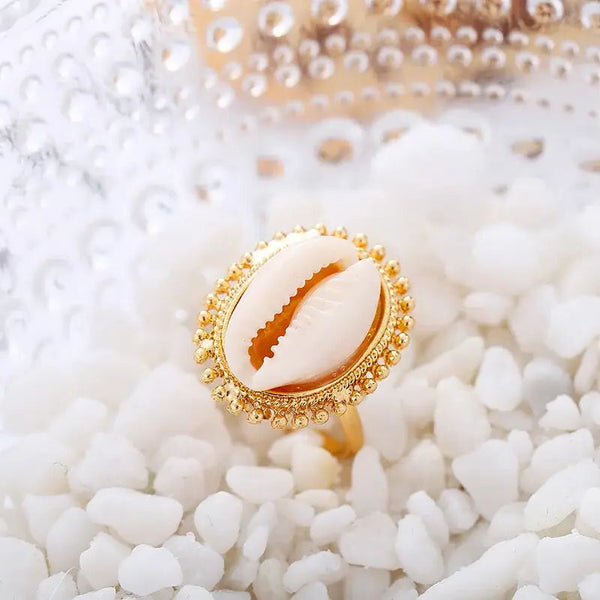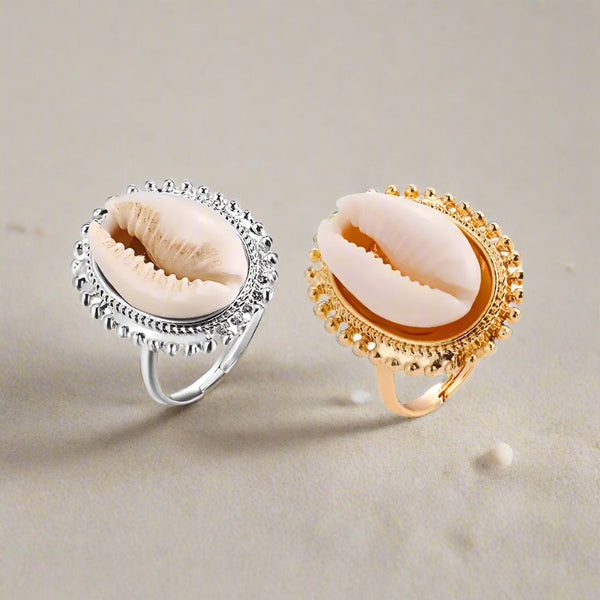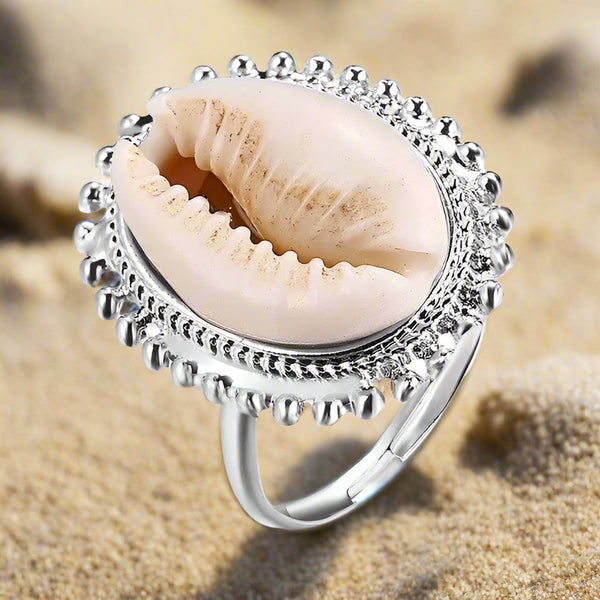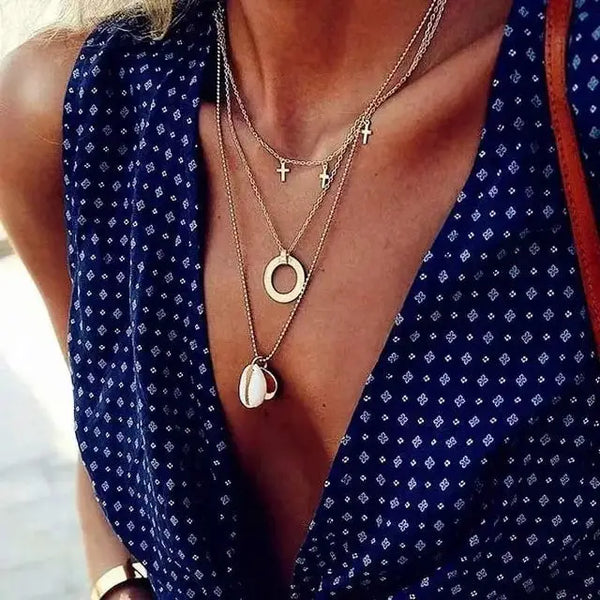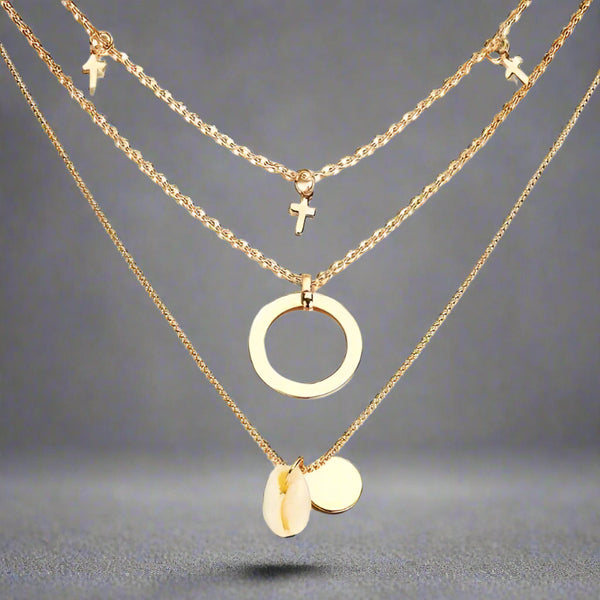Why did dancers in ancient Egypt wear anklets? Were they simply decorative, or did they carry a deeper meaning?
In truth, anklets in Egypt were far more than ornaments. They were woven into daily life, ritual performances, spiritual protection, and even funerary traditions. From the graceful dancers painted in Nebamun’s tomb to the golden anklets of Princess Sithathoryunet, these small pieces of jewelry reveal much about Egyptian culture.
This article explores how anklets shaped the lives of Egyptian dancers, their role in society, and how this ancient tradition still resonates in the anklets we wear today.
Dancers of Ancient Egypt: Life in the Khener Troupes
Dance in ancient Egypt was not a pastime but a profession. Performers were organized into khener troupes, groups tied to temples, royal palaces, or noble households. Their performances were essential for both entertainment and religion: they appeared at banquets, honored gods during festivals, and led mourners in funeral rites.
Many were associated with Hathor, goddess of joy, music, fertility, and love. Dancing in her honor was both devotion and artistry. Women filled most of these roles, though men often joined as musicians or overseers.
Theban tomb scenes, such as those of Nebamun, depict dancers with flowing hair, elegant movements, and anklets glittering at their feet, symbols of grace and prestige.

Anklets as Ornament and Status Symbols
Jewelry in Egypt was never trivial. It expressed identity, wealth, and belonging. Anklets, highly visible, were a powerful form of adornment.
For common people, anklets were usually made of faience, a glazed blue or green ceramic. Affordable yet stylish, faience anklets were worn widely and placed in tombs from the Middle to the New Kingdoms.

The elite, by contrast, wore masterpieces. The best-known example is the pair of gold and amethyst anklets of Princess Sithathoryunet (XII Dynasty, c. 1900 BCE), now in The Met Museum. They combined artistry with protective symbolism, showcasing both beauty and rank.

Thus, in both life and art, anklets were far more than accessories — they embodied femininity, elegance, and power.
Anklets as Amulets and Fertility Symbols
Like much Egyptian jewelry, anklets had protective and magical functions. Materials and shapes were believed to safeguard body and soul.
Cowrie shell anklets, or faience imitations, were tied to fertility and rebirth. Their shape symbolized femininity and protection in childbirth. Women wore cowrie belts at the hips, and the same symbolism extended to anklets.
For dancers — embodiments of joy, beauty, and fertility — anklets were both decoration and talisman.
Anklets in Performance: Rhythm and Movement
Anklets also had a performative role. Unlike the jingling ghungroos of Indian dance, they highlighted motion visually.
Banquet paintings show dancers nearly nude, adorned only with jewelry — bracelets, necklaces, and anklets. As they spun, bent, or stamped their feet, anklets drew attention to rhythm and movement. Some believe they may have clicked faintly, though instruments like the sistrum and menat dominated the music.
In funerary rites, anklet-wearing dancers symbolized renewal, rebirth, and eternal life, aligning with the ceremony’s purpose.
Beyond the Stage: Daily and Funerary Use
Anklets were not limited to performers. They were part of both daily adornment and burial practices.
In the tomb of Wah (Middle Kingdom), faience anklets were placed at his feet for protection in the afterlife. Similarly, noblewomen like Neferkhawet (XVIII Dynasty) were buried with them.

This dual role — ornament in life, safeguard in death — highlights their enduring value.
Evolution Through Egyptian History
- Old Kingdom: Earliest depictions of female dancers appear, though few anklets survive.
- Middle Kingdom: Strong evidence emerges with Wah’s faience anklets and Sithathoryunet’s gold and amethyst pair.
- New Kingdom: Peak popularity, with anklets shown in banquets, processions, and burials.
Over centuries, styles and materials shifted, but anklets retained deep cultural meaning.
Symbolism Beyond Dance
More than stage props, anklets reflected core Egyptian values. They symbolized joy, beauty, protection, and fertility, all tied to Hathor. To wear them was to embrace her blessings.
Reputation in Later Societies
Yet anklets’ reputation shifted over time. Sacred in Egypt, they were later associated in some cultures with dancers or courtesans. Public performance, often linked to sensuality, drew suspicion in conservative societies.
In the 18th and 19th centuries, travelers described anklets in North Africa and India with fascination mixed with judgment. This stigma lingered, even though their original meanings were far richer and sacred.
Everyday Life and Anklets
For ordinary Egyptians, anklets were part of daily fashion. Girls and married women wore faience versions, often with simple beads or rings. Dancers at banquets displayed finer versions, but anklets in common burials show they were widespread.
New Kingdom texts describe feasts where servants also wore ankle jewelry, blurring roles between entertainers, companions, and attendants. This overlap may explain later associations with “improper” women. But in Egypt, anklets remained symbols of vitality and respect.
The Modern Return of Anklets
Anklets have never gone out of style.
In the 1960s–70s, they were embraced by hippies as signs of freedom and nature. At Woodstock, shell anklets swayed with skirts and bare feet.
In the 1990s, surfers revived them in beach culture — from Bondi to Bali.
Today, anklets are worn worldwide by both men and women, whether handcrafted or boutique. They still echo Egypt: jewelry that expresses identity, memory, and spirit.
Conclusion
From Nebamun’s tomb dancers to surfers on Bondi Beach, anklets have carried beauty, meaning, and expression for millennia.
In ancient Egypt, they were adornments, amulets, and symbols of fertility tied to performance and ritual. Today, they remain timeless, carrying history, rhythm, and soul at our ankles.
Anklets tell a universal story: humans transform simple objects into symbols of love, power, and identity. Their survival, from the Nile to modern shores, proves they are more than fashion — they are cultural memory wrapped around the ankle.
Ready to embrace the beauty of the ocean?
Elevate your style with our handcrafted seashell jewelry, designed for free-spirited women who love nature and adventure. Discover unique, ethically sourced pieces that bring coastal elegance to your everyday look.
✨ Explore the collection now and find your perfect ocean-inspired accessory! Come to visit us
Join our community today and embrace the elegance of the ocean!


